As we drove empty, winding roads to Alta Mora Denise said, “You do take me to the most interesting places.” I had picked Alta Mora for 3 reasons: it was less than 30 minutes away, the photos suggested there were more sheep than people there, and they were celebrating Dia de São Martinho.
Checking the “CM” Sites
Nearly every town and village seemed to be celebrating St. Martin’s Day sometime that weekend (11-13 November). I knew because I had spent some time checking out the câmara municipal websites a few days earlier. If you are considering where to live in Portugal or are in Portugal, you must check out the “cm” websites. Simply enter:
“cm-town name or municipality name.pt”
in any search engine. (For example, enter cm-castromarim.pt or cm-vrsa.pt.1) It won’t take you long to find the “Agenda” for the town. And there you can find the cultural events, concerts, parties, etc. planned for the upcoming weeks.
Alta Mora
The municipality of Castro Marim contains a number of small villages and the advertisements above are just a small sampling of the celebrations that weekend. We had been to Odeleite when we took a boat up the river and of course, we have been to Castro Marim several times. When I put Alta Mora in Google Maps I learned it was a 30-minute drive from VRSA. When I looked at the photos available, it appeared to be a very, very small village. We had plans to play golf Sunday morning…so Alta Mora it was.
If you are looking for a place in the country, this may be the place for you. There is a social hall, a few small farms, a lot of hiking trails, and…well that’s about it. No traffic lights or stop signs. In fact, if it were not for the sign you would miss it.
But the many cars parked along the side of the road told us where we should stop. When we got out of the car we simply followed our ears and our noses to the festivities.
Hash House Harriers
As we entered we passed a vendor. For €3 we purchased a bag (about 15, we started eating before counting) of freshly roasted chestnuts. We then found a happy crowd enjoying lunch after a two-hour hike. It appeared many of the folks were not Portuguese and we were instantly reminded of our trip to Thailand when we were invited to participate in a hash organized by the Hash House Harriers (A Drinking Club With A Running Problem). I can’t tell you for sure if it was this group…I was in search of wine.
My research found that at this time of year the Portuguese celebrate with “o vinho novo e a jeropiga” (the new wine and jeropiga). I entered jeropiga in my translator and it returned jeropiga. Okay, that didn’t work. So I asked a Portuguese friend at our golf club. She explained that it was a sweet liquor that enhanced the taste of the chestnuts. I asked for jerapiga and the server looked puzzled. “Vinho?”, I asked. He smiled, grabbed a plastic bag with a spout out of the refrigerator, and poured a very large glass. I offered him money and he shushed me away. We each sipped the wine and instantly understood why it was free. But as I continued to imbibe, it got better and better. I concluded while it was likely the new wine and not jeropiga, it was the perfect accompaniment to freshly roasted chestnuts.
São Martinho
I must take just a moment to offer some background on St Martin before ending this post. I was not familiar with the “legend”, but I learned his day is celebrated in many parts of the world. In colder climates, the story goes that St. Martin was riding through a snowstorm. But as snow is rare here, in Portugal the legend goes like this:
The Legend of Saint Martin (Portuguese version)
St. Martin was a brave Roman soldier who, on a stormy rainy day, was riding his horse back from Italy to France. He was very wrapped up in his cloak because of the cold when, suddenly, a poor little fellow appeared to him with an outstretched hand begging for alms. The knight was very shaken , got off his horse and took his sword, cutting the cloak he was wearing in half and giving a part to the poor man.
At that moment, the storm subsided and the clouds disappeared. It felt like a summer day!
For that reason, when the weather gets better at this time of year, we call it the " Summer of São Martinho ". — Portuguese Connection
Over time St. Martin’s day became a celebration of the harvest. In Portugal, this included the maturation of the grapes and the annual crush. It is summed up perfectly in a common Portuguese expression.
“É dia de São Martinho. Comem-se castanhas; prova-se o vinho”. —welovesmallhotels.com
“It is St Martin’s Day. We’ll eat chestnuts; we’ll taste the wine.” And in Alta Mora, many take a hike.
Can it get any better than that?
If you enter “cm-alta mora” in Google search it will list the Castro Marim site as the first option.




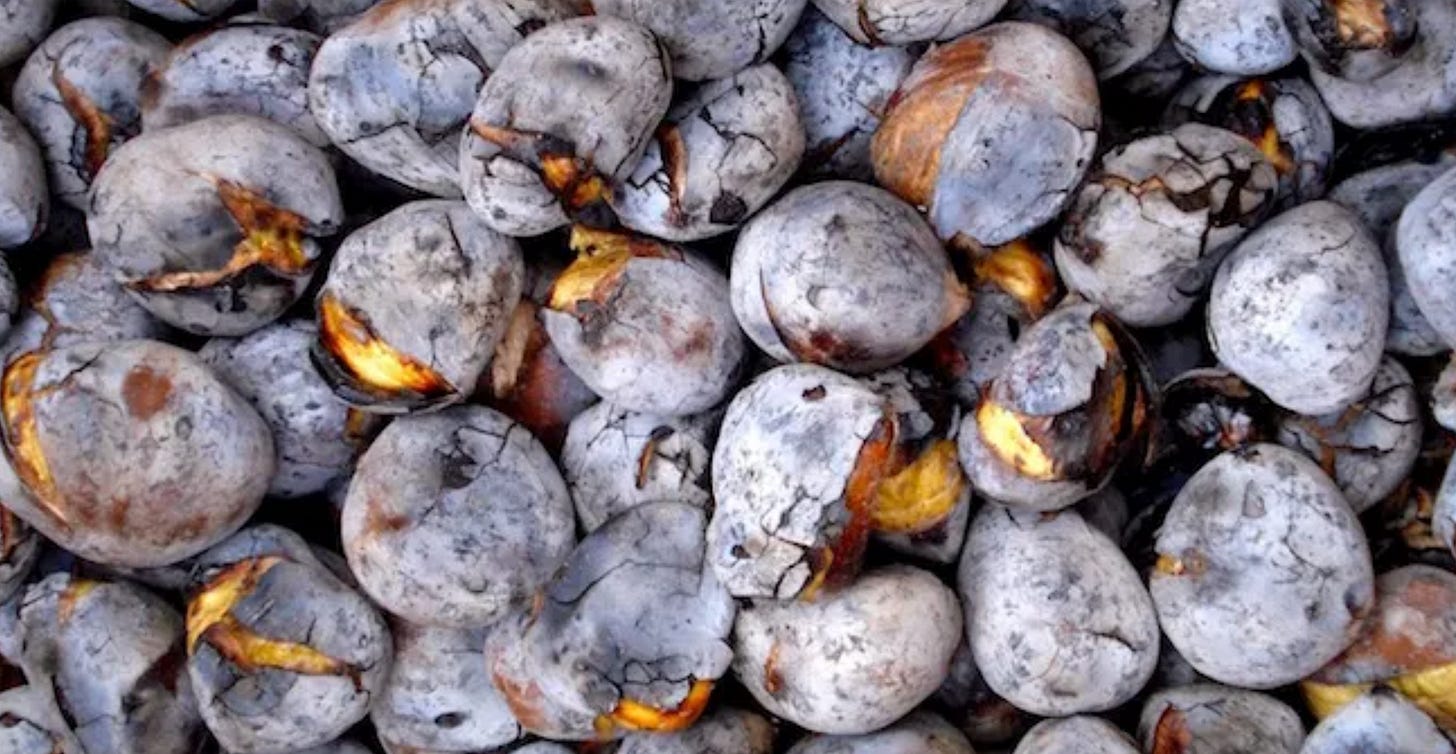
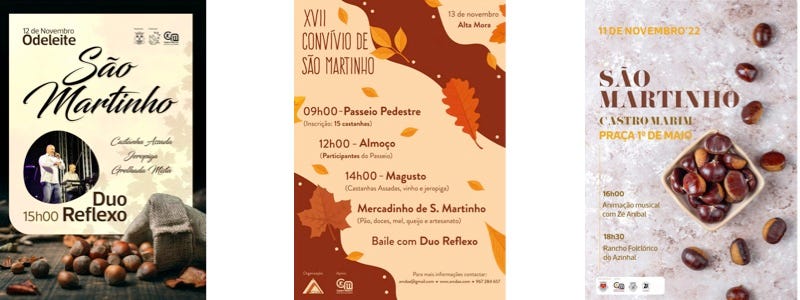
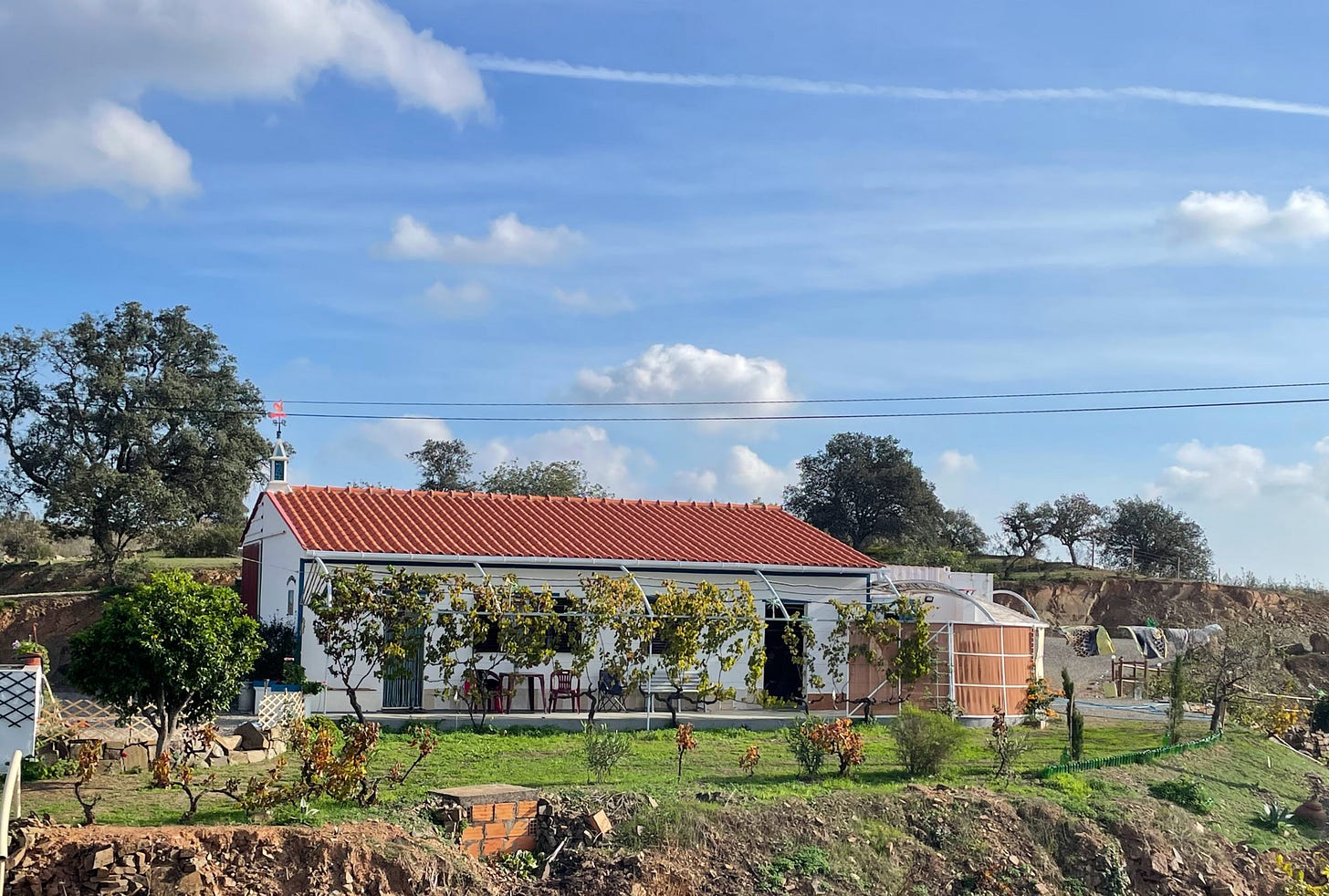
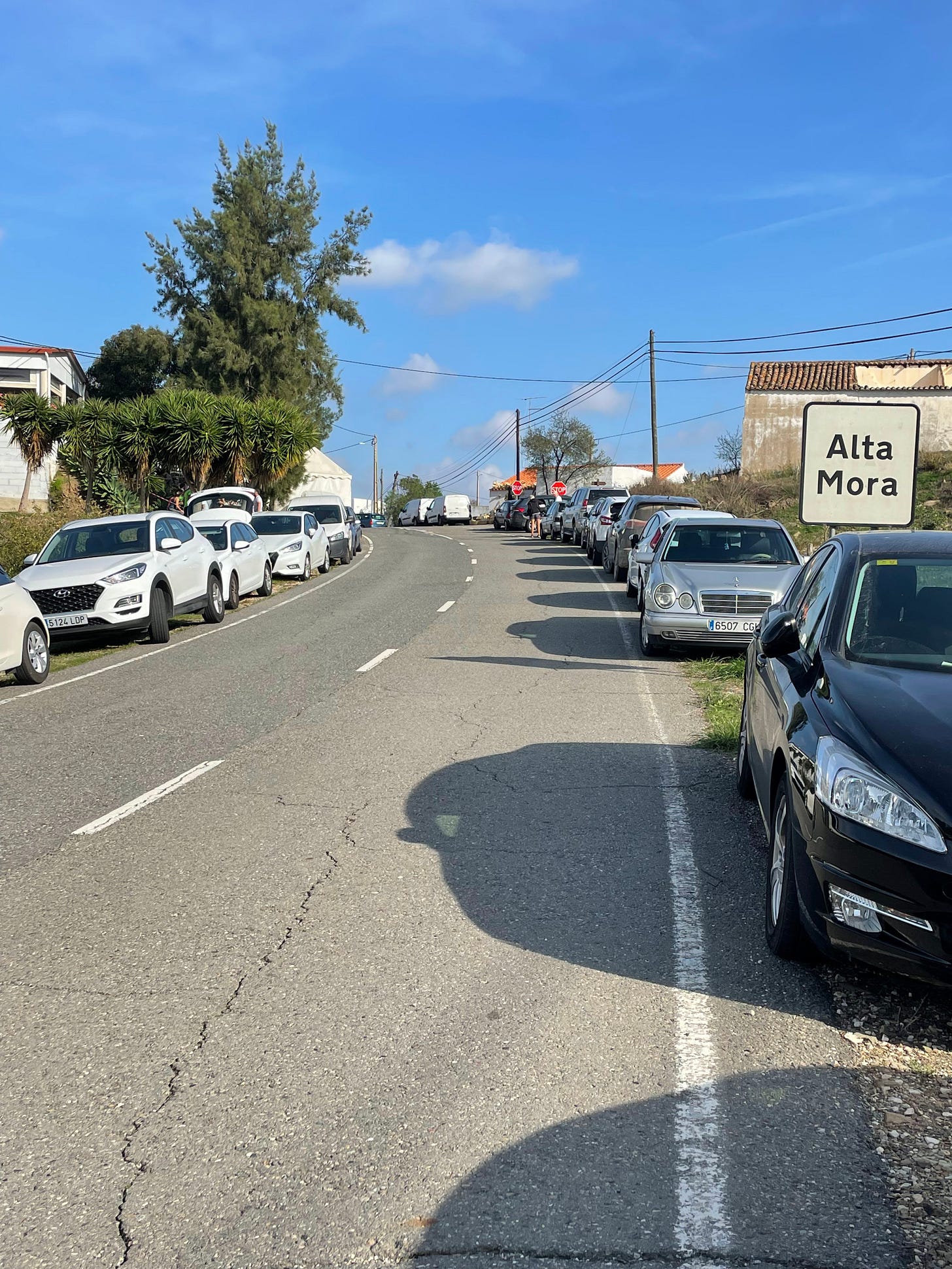
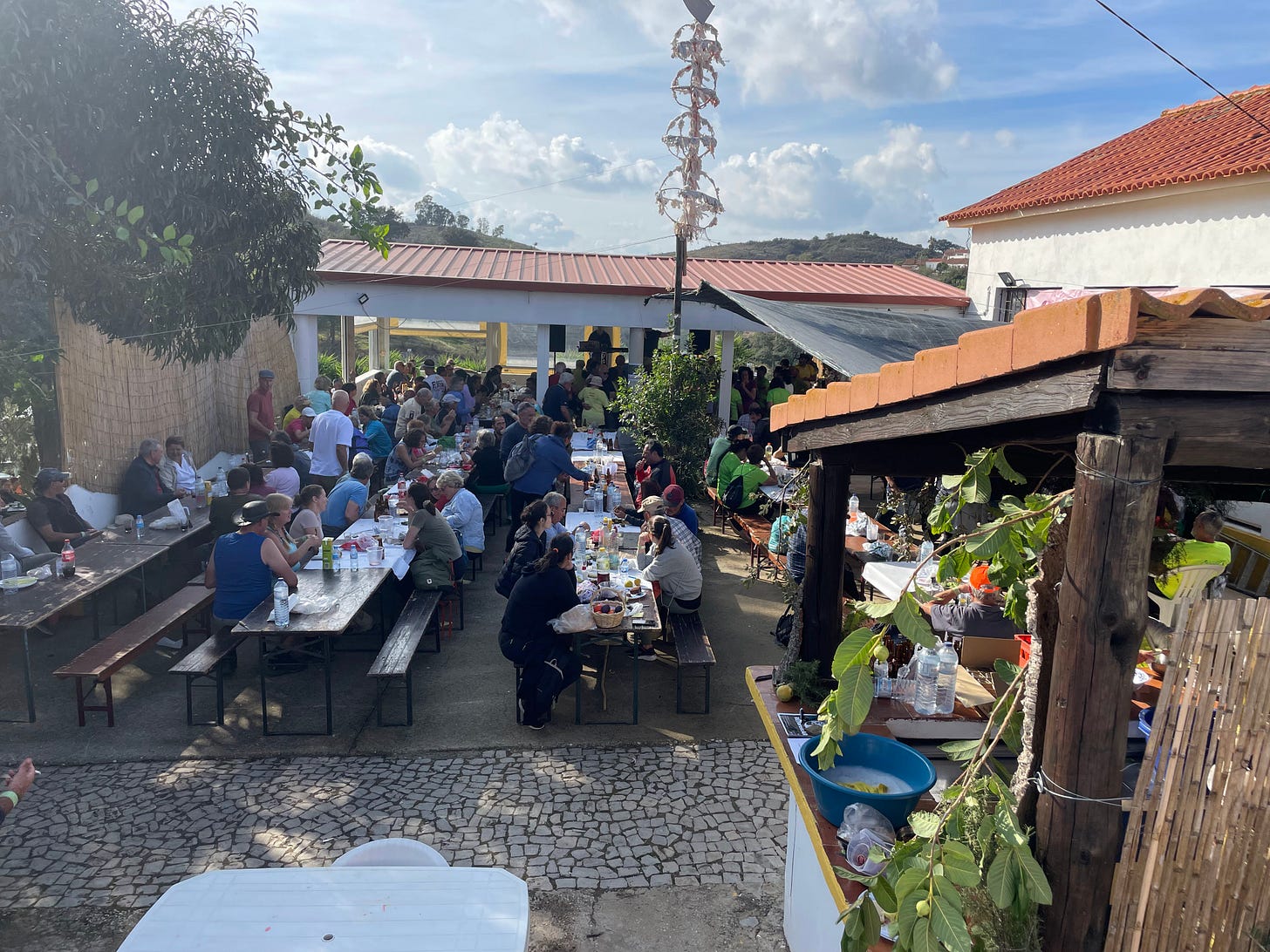

I believe we drove up through this area, or near, on our way from tavira to evora. So beautiful, rural and remote.
Another enjoyable read. Thank you.